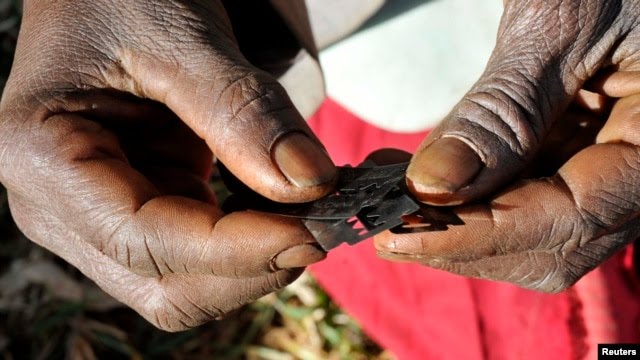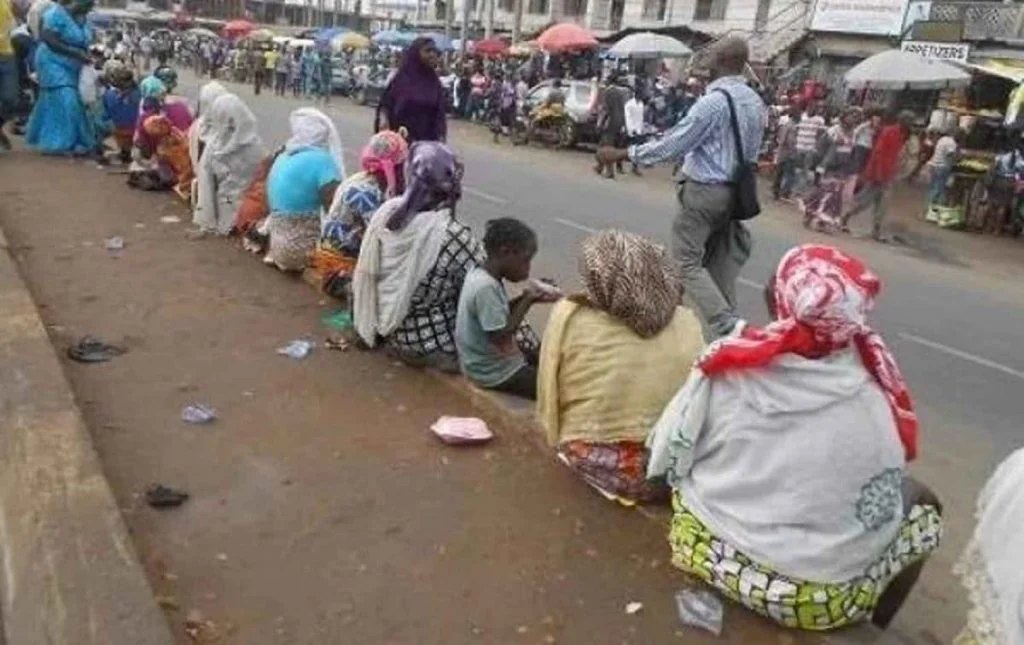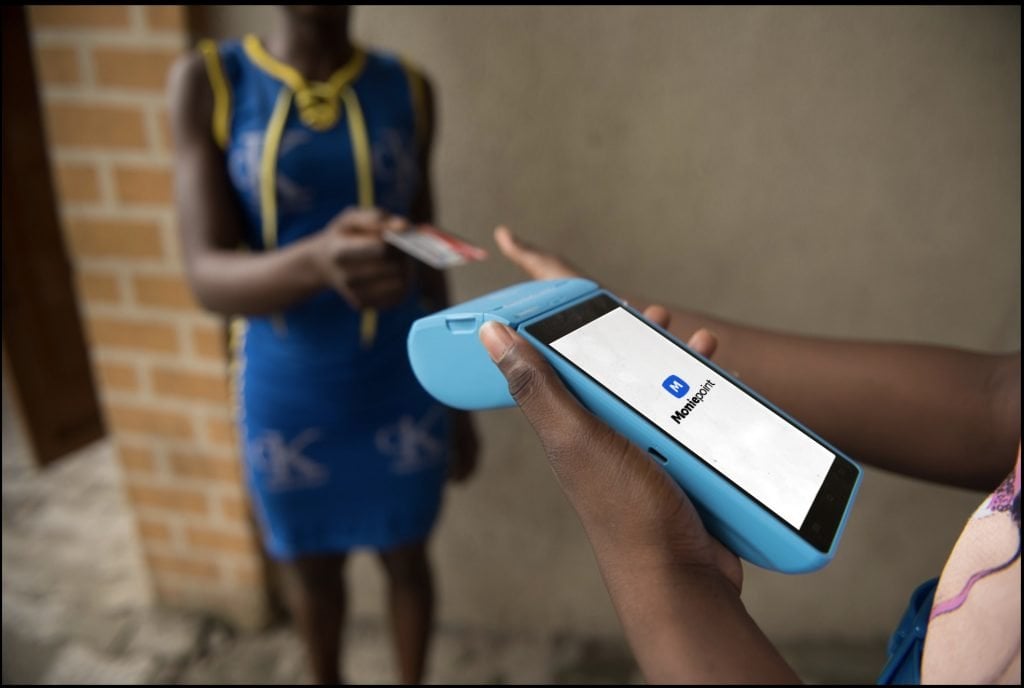
Female circumcision, also known as female genital cutting (FGC) or female genital mutilation (FGM), is a procedure in which the external female genitalia are partially or completely removed. This procedure is most commonly performed on young girls between the ages of 4 and 14, but it can be done at any age. The procedure is most commonly found in Africa, Asia, and the Middle East, although it is also performed in some parts of the United States.
FGC has been practiced in many cultures for centuries, but is increasingly being challenged as a human rights violation. The World Health Organization (WHO) has classified FGC into four major types, ranging from partial or total removal of the clitoris to partial or total removal of the clitoris and labia, with or without the removal of the inner walls of the vagina. The most extreme type of FGC is infibulation, which involves the stitching together of the labia minora and/or majora.
The practice of FGC is extremely controversial, as it has been linked to a number of health risks, including severe pain, infection, psychological harm, infertility, and even death. There are also serious medical risks associated with the procedure, including increased risk of HIV transmission, increased risk of cervical cancer, and increased risk of infertility. In addition, FGC is considered a form of gender-based violence, as it is often forced upon young girls and women by their families or communities.
Despite the risks associated with FGC, the practice continues to be widely practiced in many countries. The reasons for this vary from culture to culture, but often include religious, traditional, and social beliefs. In some cultures, FGC is seen as a way to preserve a woman’s virginity, and in others it is believed to ensure a woman’s future marriage prospects.
The international community is increasingly taking a stand against FGC, and there are a number of organizations and governments working to end the practice. In 2012, the United Nations General Assembly adopted a resolution calling for the elimination of FGC, and in 2013 the African Union adopted a resolution calling for a ban on the practice. In addition, many countries have passed laws that criminalize FGC, and there is increasing awareness of the dangers of the practice. Although progress is being made, much work still needs to be done to end FGC. It is important to acknowledge the cultural and religious beliefs that are associated with the practice and to work to find ways to address these beliefs without condoning the practice itself. In addition, it is important to continue to raise awareness of the health risks associated with the procedure and to ensure that those who are subjected to FGC receive proper medical care and support.






Nasty barbaric practice and it is still very much rampant in Nigeria. Osun State is said to have the highest prevalence rate. The major reason why they do it is to reduce the sexual urge of ladies thereby reducing promiscuity. But unfortunately, their husbands too don’t enjoy them.